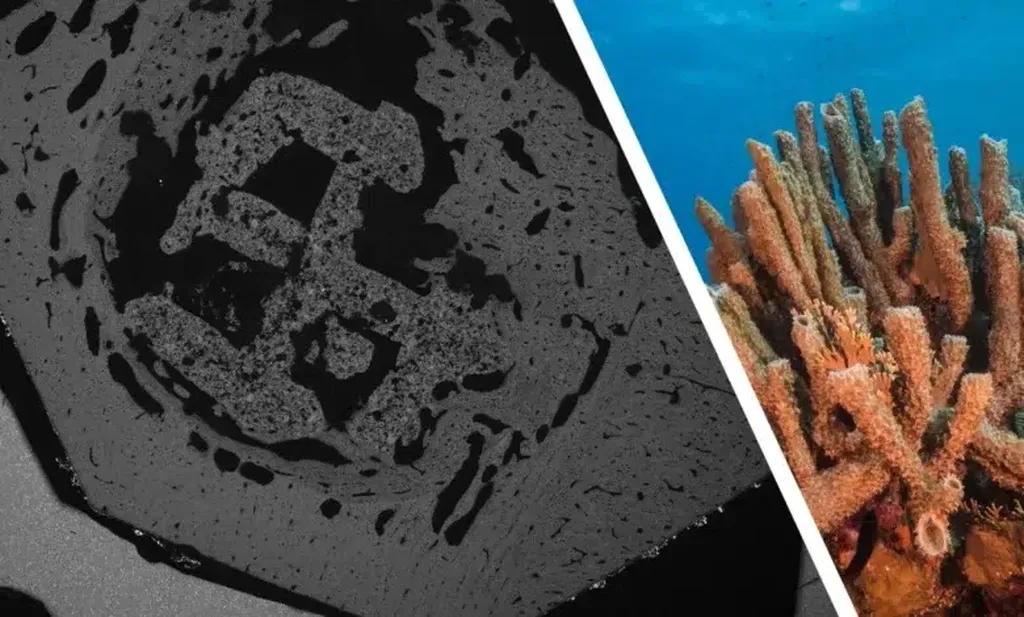In the realm of orthopedic medicine, a groundbreaking development has emerged that could revolutionize the treatment of open bone defects. Researchers, led by Qingzu Liu from the Department of Orthopedics at the Fourth Medical Centre of Chinese PLA General Hospital, have engineered an innovative bone graft delivery system that not only addresses the challenges of traditional bone grafting but also introduces a host of advanced features. This system, detailed in a recent study published in *Bioactive Materials* (translated as *活性材料*), promises to significantly improve patient outcomes and reduce post-operative complications.
The incidence of open bone defects resulting from high-energy injuries has been on the rise, and conventional bone grafting methods have often fallen short. “Current bone graft systems are not ideal due to issues like mismatched shapes, dislocation, and inadequate sealing, which can lead to increased post-operative complications,” explains Liu. To tackle these issues, Liu and his team developed a micro-scale calf bone granules/PEG-Gelatin bioadhesive grafts delivery system with self-healing properties.
This novel system is a game-changer for several reasons. Firstly, it is injectable and shape-adaptable, allowing it to conform precisely to the bone defect site. Secondly, it possesses strong adhesive capabilities and high bursting pressure, effectively sealing the wound and preventing leakage. “This system addresses the displacement issues of bone grafts and shows significant sealing and hemostatic capabilities,” Liu notes.
The implications for the medical field are profound. The system’s ability to serve as a sustained-release carrier for antibiotics like vancomycin and growth factors such as recombinant human bone morphogenetic protein-2 enhances its antibacterial performance and promotes bone regeneration. This dual functionality not only accelerates the healing process but also creates a more favorable osteogenic microenvironment, ultimately leading to better bone defect repair.
From a commercial perspective, this innovation holds immense potential. The energy sector, which often deals with high-energy injuries in industrial settings, could benefit greatly from this advanced bone graft delivery system. The ability to quickly and effectively treat bone defects could reduce downtime for workers, lower medical costs, and improve overall productivity.
The study’s findings, published in *Bioactive Materials*, mark a significant step forward in the field of orthopedic medicine. As Qingzu Liu and his team continue to refine this technology, the future of bone defect treatment looks increasingly promising. This research not only addresses current limitations but also paves the way for further advancements in the development of bone graft delivery systems, potentially transforming the landscape of orthopedic care.

